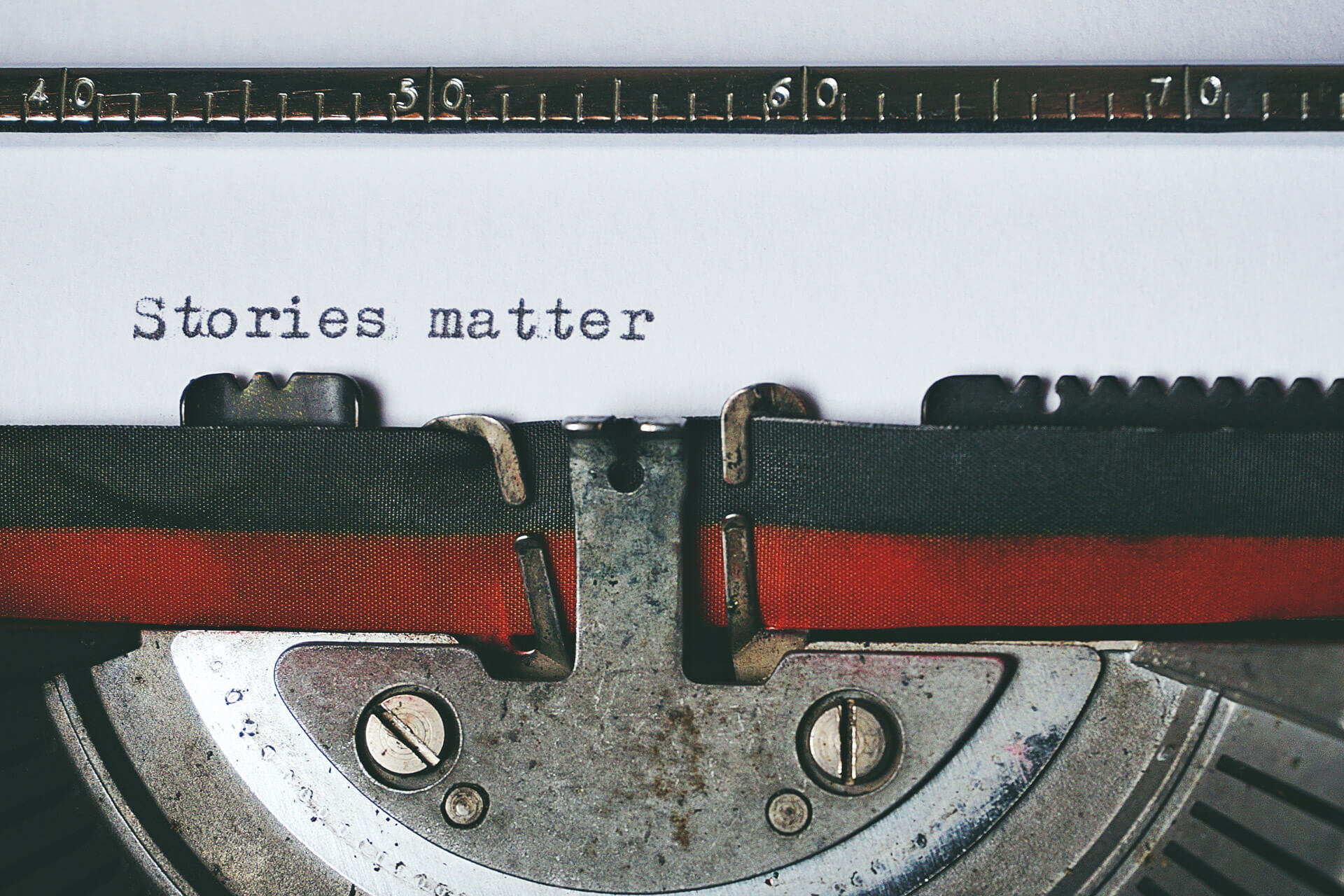In our journey to enable better data storytelling and analytics collaboration across different analytics tools like Power BI, Tableau, Qlik and more, we have been digging into how data storytelling happens for people and organizations.
Checkout the video posted below that shows how we’re addressing the biggest pain points in this process.
There are two main formats this takes on:
-
Very curated infographic-style: The storyteller designs a single “frame” for the story complete with annotation. The story is consolidated into that single view to keep the “reader” incredibly focused, and the whole story is told in one go.
-
Multi-analytics, multi-view story progression: Different visualizations—and specific “slices” of those visualizations-- are interconnected. Several views are surfaced, each with a narrative explaining to the “reader” what’s happening. The power of the story comes from the combination of these separate but related views and the corresponding narrative.
For our purposes we are focusing on #2. Why? While both have some complexity and require work from a storyteller the latter is what most teammates have the ability to do. Most people can find what they want, and add business-context through narratives and resident knowledge. I.e. it’s harder for them to start from scratch to build and develop the assets.
Here’s the key issues shared with us in the context above:
-
Current options to develop/tell the story require taking live analytics to another forum.
-
Current options to tell the story are static.
-
High switching costs create time waste.
-
The story consumers lose the interactive capabilities of the original data/analytics.
-
These stories often need to be revisited periodically with new data, and it takes a lot of time to recapture the data story and add the narratives.
Current options to develop/tell the story require taking live analytics to another forum:
The other forum for telling the story is most often email, a slide deck (PPT etc.), or a communication channel (e.g. Slack, Teams). When most users do this they have to navigate to each individual dashboard asset, find what they want and take a screenshot. The live, most valuable asset is now completely segregated from the storytelling asset.
Current options to tell the story are static:
The segregated storytelling asset now has static visuals. If the storyteller realizes they need to modify, they have to go back to the original asset, rework and take back to the storytelling forum.
High switching costs create time waste:
The issues with current options above often diminish understanding and increases time to value. The storyteller is switching back and forth between the live input assets and the storytelling asset where they layer on insights/storylines. As more questions are asked, they have to rework the data assets and the story. That’s 2x the work.
The story consumers lose the interactive capabilities of the original data/analytics:
The viewers have a limited view in the current storytelling options. They can’t easily tell what has been filtered or selected, which often raises more questions than answers. Like storytellers, viewers may not know how (or want) to retrieve the appropriate analytics/reporting assets to dig into their own insights, counterpoints, etc. But if the story is interactive, they could rapidly provide data-driven feedback and insights to move toward data-driven action faster.
These stories often need to be revisited periodically with new data, and it takes a lot of time to recapture the data story and add the narratives:
Storytellers have told us that they frequently need to provide the same reporting and supporting narrative more than once. Each week, month, or quarter, a team is tasked to review the analytics and reporting that supports a certain objective. Today, these users typically go back to the live analytics assets and refresh the same views. Then, they add a new narrative that helps communicate issues and progress. This is repetitive and time-consuming. Instead, these groups should be able to replicate and/or refresh on the fly and edit the narrative all in one place to save time and rework.
We are very excited to work on addressing these issues! As analytics, dashboards and data access have advanced significantly, the tools to integrate narratives quickly and easily have not evolved at pace.




